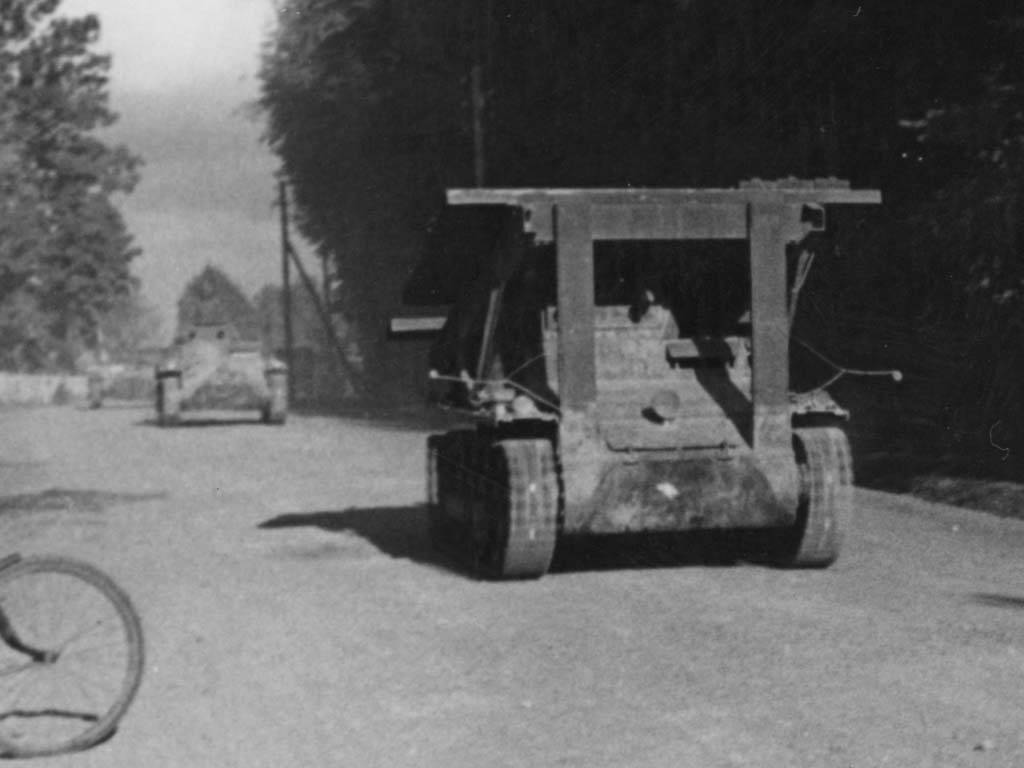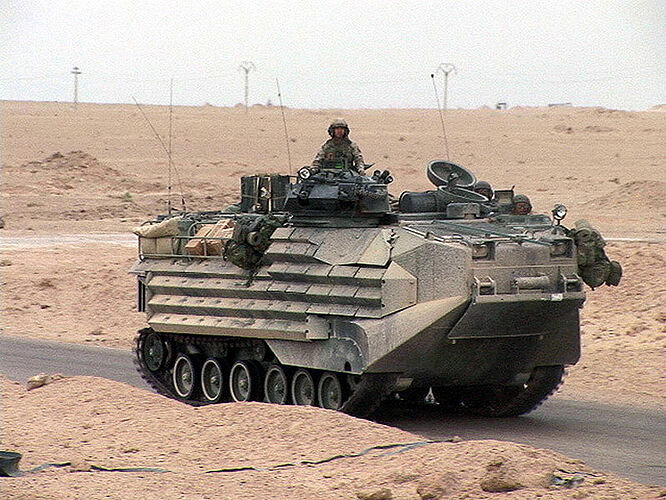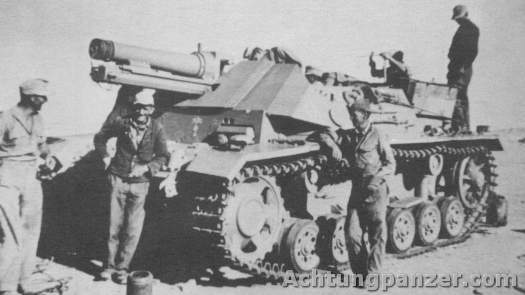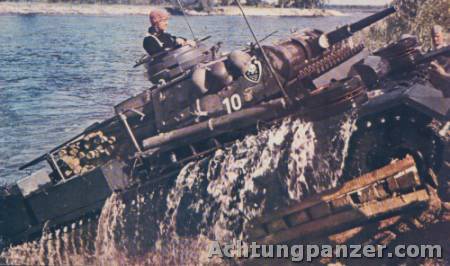Mittlere Pionerpanzerwagen Sd.kfz 251/5 & 215/7.
“Medium sized armored vehicle for assault engineers”, it was the armored lorry for the Pionere, used for carring a small 8 tons bridge with supplies and tools likes wire cutter, rope, steel wire, aditional fuel, and even explosive charges and mines.

The Sd.kfz 251 was made between 1940 and 1941 and carried no brigde. Variant 251/7 took over the job in with the rail 8 tons bridge and standarizated radio equipment Fug 5 in 1942, and was emplaced almost exclusively inside panzer divisions, between the ranks of the Pionere kompanies.
Factory fresh Sd.kfz 251/7.

The resposability to manufacture this variant layed in the firm Wesserhütte wich completed nearly 2000 Pionerpanzerwagen between 1940 and 1945.
Characteristics Mittlere Pionerpanzerwagen 251/7.
Weight combat loaded: 8180 kg
Lenght: 5,8 meters
Crew: 7 or 8
Engine : Maybach inline 6, Hl 42 100 hp.
Max speed: 50 km/h
Internal fuel: 165 liters.
Armor; 8 to 14,5 mm
Armament: 2 MG 34 with 1100rpg ( MG 42 in 1944 and onwards)
1 AT rifle PZb 40 with 40 rounds ( deleted in 1943)
5 x 3 kilograms T.N.T demolition charges.
10 x Te.Mi 42 antitank mines
20 stick grenades and 10 smoke grenades.
2 x K-98k with 125 rpg, 2 x MP-40 with 160 rpg.
Optionally a backpack flamethrower.
Inside view, the Pzb 40, rope, explosive charges, 7,92 and 9mm ammo boxes are seen.





































